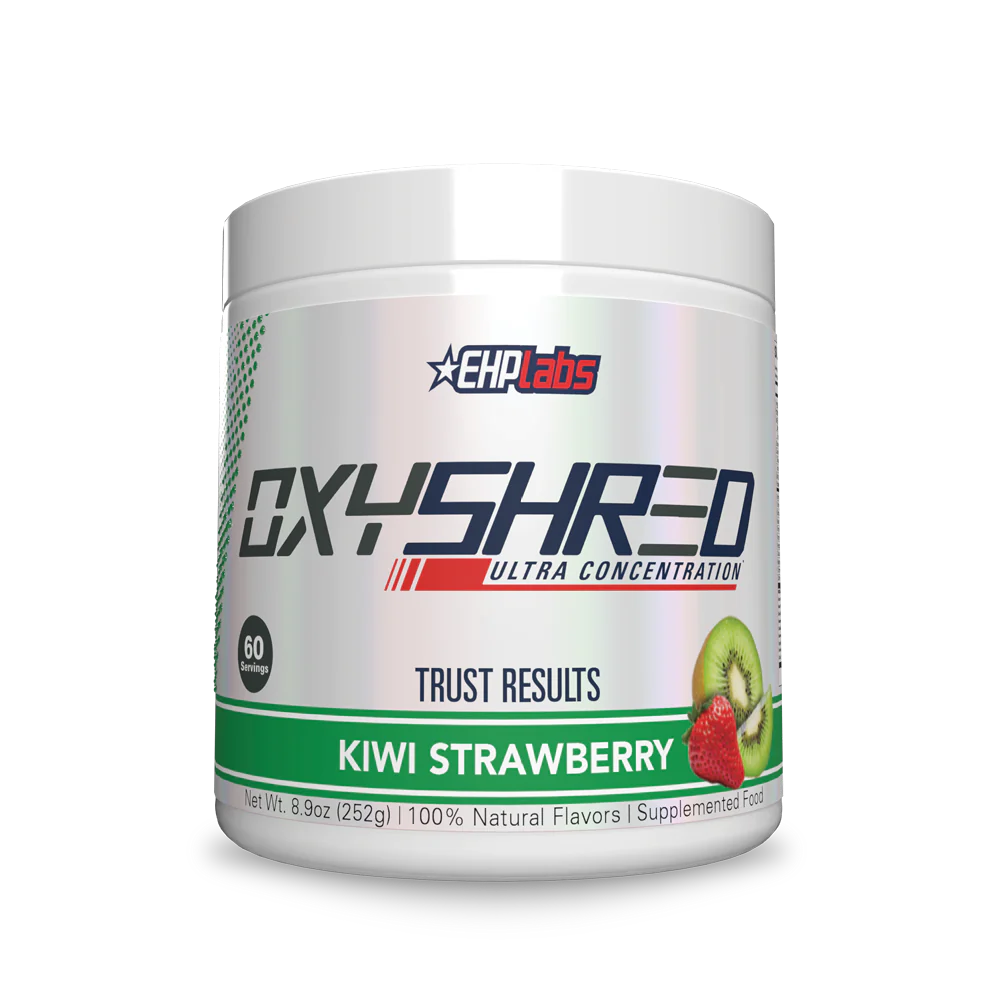Published Jan 10, 2023
A Guide to Business Process Automation
Business process automation integrates and automates workflows to optimize and streamline business processes. Manual tasks are turned into automated workflows, eliminating human errors and allowing your resources to be focused on strategic and revenue-generating initiatives.

Business process automation is more complex than ever
Business processes generally span multiple business functions and systems. Studies indicate that most departments use between 40 and 60 different applications. These apps were supposed to make operations easier and deliver more business value, but the proliferation of apps has actually made things worse. Many of these applications are disconnected, introducing data quality issues, silos, and data errors, making technology investments less valuable and any type of automation unsuccessful.
Automating processes should allow you to move faster, do less manual labor, and reduce errors. However, when companies build automations, many automated processes are still broken. Often only parts of systems are automated. Problems arise from a patchwork of tools, and when automating a complex workflow or a cross-functional process without a designed automation architecture, automatons are siloed and not scalable.
A siloed approach to automation will drive up the total cost of ownership. Companies do not see ROI from their tech stack, and declining data quality issues continue to create operational inefficiencies that impact the business. Technology leaders are challenged as IT teams continue to wrangle an ever-growing portfolio of applications and services. Business users continue dealing with numerous manual processes, disconnected systems, and analytics.
How to decide if you need to automate processes
Business process automation is an end-to-end process of integrating and automating workflows to optimize and streamline a particular business process. Business process automation enables people to perform more valuable work by automating repeatable manual processes. You’re not replacing team members but expanding their ability for more complex and strategic work.
For automation to succeed, a special focus must be placed on end-to-end business processes across the organization. If you are contemplating your automation readiness, can you answer the following:
- How many employees work with data entry, repetitive tasks, and error management?
- Do your employees suffer because of work overload, which they have too much to handle daily?
- How many technical resources focus on low-level technical work versus strategic, revenue-generating initiatives?
- Do you have access to real-time marketing and operational data?
Benefits of business process automation
Business process automation enables people to perform more valuable work instead of getting bogged down in repetitive tasks. Automating business processes can deliver immense time savings. Technology and business leaders implementing process automation save 100+ hours per year on manual, repetitive tasks and see a 364% return on investment (ROI).
- Enhance customer experiences
- Improve operational efficiency
- Move beyond manual processes
- Gain visibility into your business
Automate entire business processes
Order-to-Cash
Speed up order processing by connecting ecommerce storefronts, marketplaces, ERP, 3PL, and payment gateways.
Fulfill orders and process cancellations, returns, and refunds fast through real-time sync of critical data between ecommerce sales channels and ERP.
- Avoid selling out-of-stock items to customers through up-to-date inventory levels across all sales channels.
- Improve customer experience with faster ordering and fulfillment
- Increase sales with accurate inventory levels across all channels
See Order to Cash Automation for details
3PL Fulfillment
Make healthier business decisions for procurement and distribution through real-time inventory data. Gain real-time visibility into fulfillment status, returns, and stock levels.
- Process and fulfill more sales orders in less time through fully automated processes.
- Provide a better customer experience through fast fulfillment, return processing, and status updates.
See 3PL Fulfillment Automation for details (here is another resource we can link to)
Inventory Management
- Manage your inventory in real-time.
- Update inventory levels on the ecommerce storefront less frequently to avoid overselling.
- Split inventory into multiple locations for multi-channel sales.
- Use a manual trigger to release new products for sale.
See Inventory Management Integration for details
Supply Chain Management
- Connect your supply chain end-to-end to automate your business-critical processes.
- You can expedite strategic projects such as vetting supply chain vendors for security or launching dynamic pricing.
- Automate workflows and processes for growth and scalability. Reduce time spent manually managing shipments.
See Supply Chain Management for details
Customer 360
Process automation will help you develop and refine a 360-degree view of your customers to create an exceptional customer experience and position yourself to predict their current and future needs.
- Increased visibility into what behaviors drive conversion and brand loyalty; insights around your customer’s path to purchase
- Improve sales tracking: Track average sale, profit per order, customer lifetime value, and retention rate to analyze and predict customer behavior
- Enhance customer retention and your cross-selling opportunities: Fully integrated data allows for real-time analytics, showing what current customers bought alongside comparable purchases
- Fully understand your customer’s needs: With integrated data, bypass shopping cart abandonment, turn first-time shippers into repeat customers with special automated offers
Payout-to-Reconciliation
Automate the reconciliation of payment transactions processed through a payment gateway, such as PayPal, Stripe, Amazon Pay or Braintree, with order data contained in an ERP system.
- Controlled cost savings by transitioning to management by exception instead of reconciling every transaction
- Heightened dispute awareness by instantly identifying discrepancies and unsettled amounts
- Accelerated month-end close by eliminating error-prone and time-consuming manual reconciliation
Employee Onboarding & Offboarding
Automate onboarding and offboarding logistics by connecting human resources information systems such as ADP, SAP SuccessFactors, and BambooHR to other applications for activities such as payroll and provisioning.
- Secure onboarding and offboarding process through automation of employee provisioning that replaces risky manual processes with customizable flows
- Superior new hire experiences by allowing Human Resources to own, maintain and customize integrations and workflows
- Flexibility to meet unique business requirements through customizable integrations using hundreds of connectors
Data Ingestion
Automate the extraction of source data from an unlimited number of business applications and then automatically loads it into a data warehouse such as Snowflake, BigQuery or Amazon Redshift.
- Reduced time-to-insights by allowing business analysts to quickly move data from source systems into the data warehouse without the need for a data engineer
- Extended use cases, such as Reverse ETL, to move data from the data warehouse back into destination applications by using flexible integration customizations and extensions
How Celigo can help
One platform to enable an agile organization
It’s about more than just connecting your apps or automating parts of systems. It’s about automating entire business processes that are supporting your organization. With a phased integration-driven automation approach, companies can “do more with less” resources, achieve scalable process automation, and gain the full value of their technology investments.
Celigo is the only iPaaS that approaches automation from a process-centric viewpoint. While other platforms focus on tools that enable integration, Celigo takes this further. Our unique, process-centric approach enables organizations to integrate disconnected applications and automate processes at scale (while discovering new opportunities for process automation). Celigo’s end-to-end process automation eliminates manual tasks, reduces data silos, and enhances productivity across multiple applications through this unique process-centric approach.
Users can automate every common use case with prebuilt flows, settings, and configurations. There is no need for technical skills or coding; the platform allows business teams to manage integrations and automations. The Celigo platform allows automations to be created by people across the enterprise rather than being restricted to a small percentage of business processes handled by a small group of software experts.
Celigo is the only enterprise iPaaS that connects business apps and automates end-to-end business processes within a single platform.
Celigo makes it easy to automate a process end-to-end and provides tools and guidance to improve these automations. With a product crafted for ease of use, a network of expert partners, a dedicated customer service team, a library of resources, and a growing integration community, Celigo offers the market’s most user-friendly automation platform.
We’re an advisor. We’re your trusted partner. We’re here to solve problems with you.
We know we can solve your problems. We have over 113K active automated business processes that solve automation problems and deliver value for our customers.



